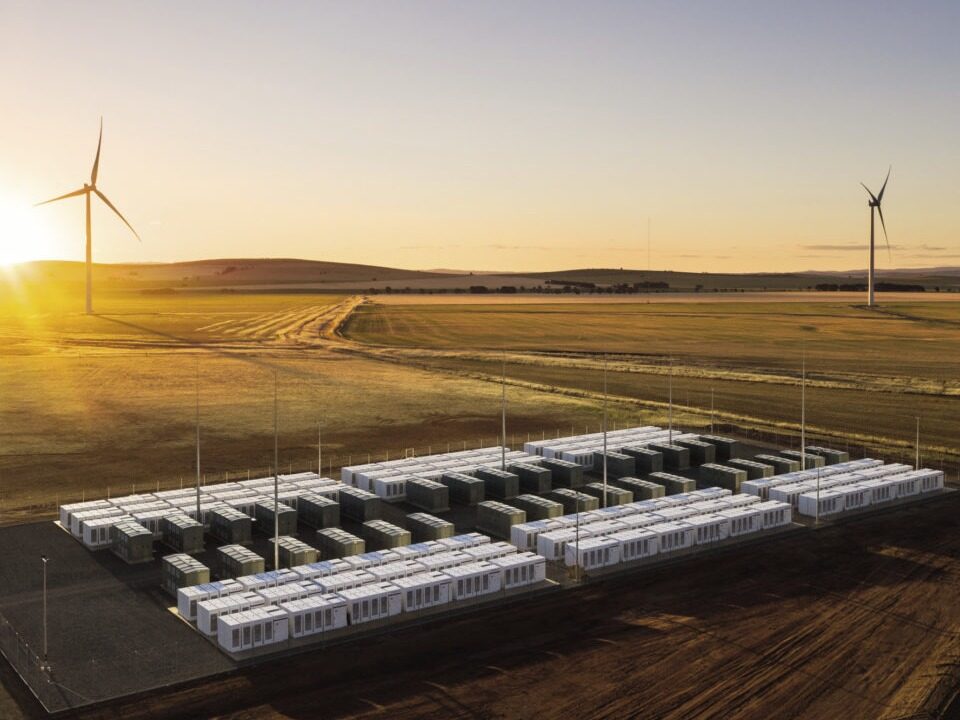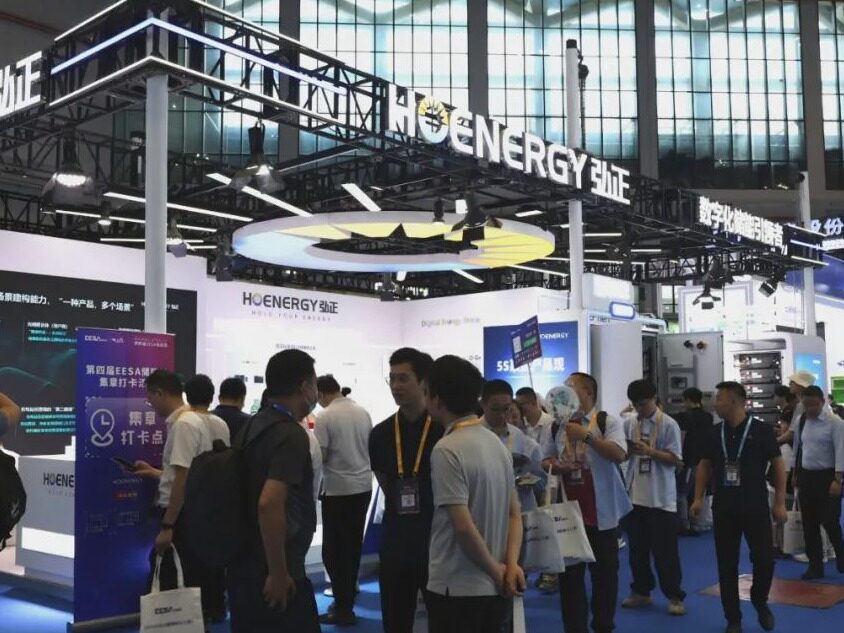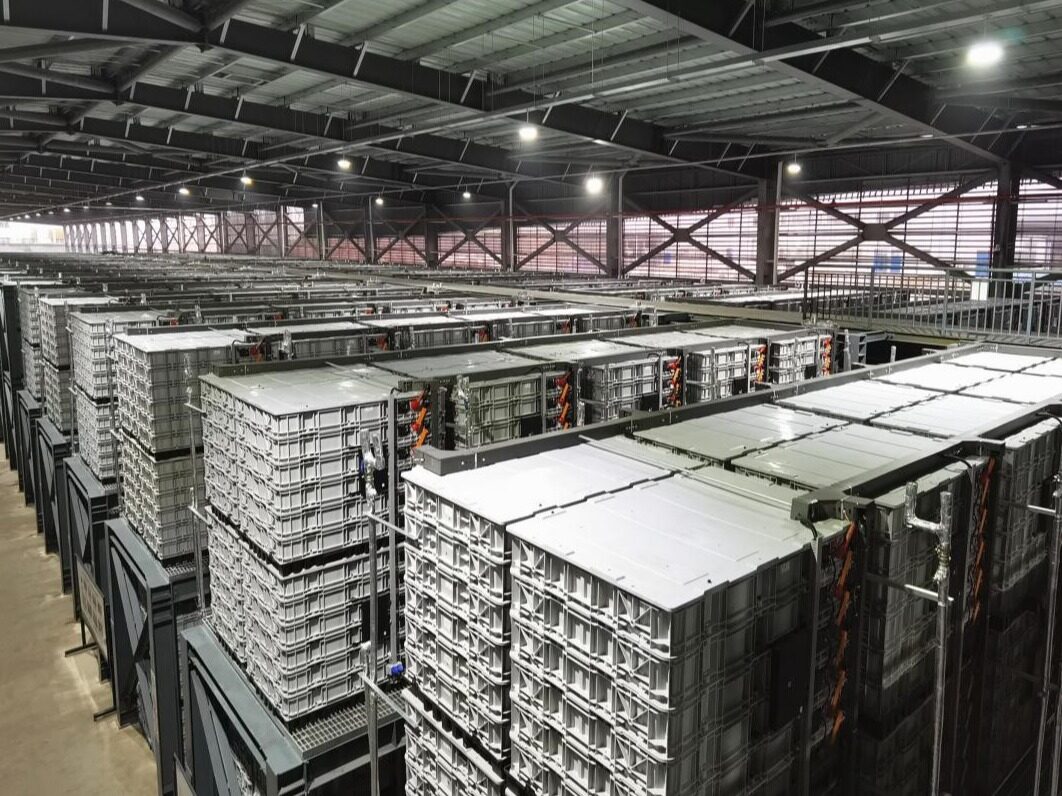- The UK's 2030 hydrogen energy target will optimize the UK's energy layout

Through the government's UK export financing, a £400m sustainability-related loan has been underwritten and made available to Johnson Matthey, a London-based conglomerate specialising in chemicals, batteries and sustainable technologies. Johnson Matthey will use the loan to help develop sustainable production such as hydrogen and chemical recycling to unlock innovative measures to decarbonize electricity for homes and transport. The company has pledged to ensure that by 2030, 95% of its sales and R&D spending will go to sustainable projects.

Anne-Marie Trevelyan, Minister for International Trade, said: "Investment in hydrogen technology will enable domestic energy production to be higher than ever before - ensuring a future supply of clean energy at home and helping us export abroad. This will create a more A healthier, wealthier future while protecting the planet." The financing was provided by HSBC, Sumitomo Mitsui Banking Corporation (SMBC) and Bank of America, with government support through UK Export Financing. In 2021, Johnson Matthey established a net-zero emissions target for 2040 and an interim science-based target for emissions reductions for 2030.
Hydrogen Hope
On hydrogen more broadly, the funding is expected to help meet the national commitment to 5GW of green and blue hydrogen by 2030, released by the government as part of a ten-point plan. Up to £500 million will be invested to create a hydrogen community by 2023. Create a hydrogen village by 2025 and create the first town to run entirely on hydrogen.

Building on this commitment, the UK government's hydrogen strategy outlines plans to unleash £4bn in investment in blue and green power generation, storage and use this decade. The strategy states that, under a best-case scenario, the UK's hydrogen sector could grow, creating 9,000 jobs and attracting £4bn of private investment by 2030. There are reports that the upcoming energy security strategy will see the government want to double 5GW. A new 10GW capacity target may be released that includes 50% green hydrogen and 50% blue hydrogen. Keywords: engineering construction, engineering news
The government has outlined how to introduce a dual-track approach to support a variety of technologies, including green hydrogen, which produces blue hydrogen by splitting water using renewable-powered electrolyzers, and man-made technologies by splitting natural gas and capturing most of the process emissions. This approach has proven controversial among green groups because carbon capture technology is still relatively in its infancy on a commercial scale. In addition, blue hydrogen production facilities are not easily retrofitted to green.Editor/XingWentao
Comment
 Praise
Praise
 Collect
Collect
 Comment
Comment
 Search
Search














Write something~